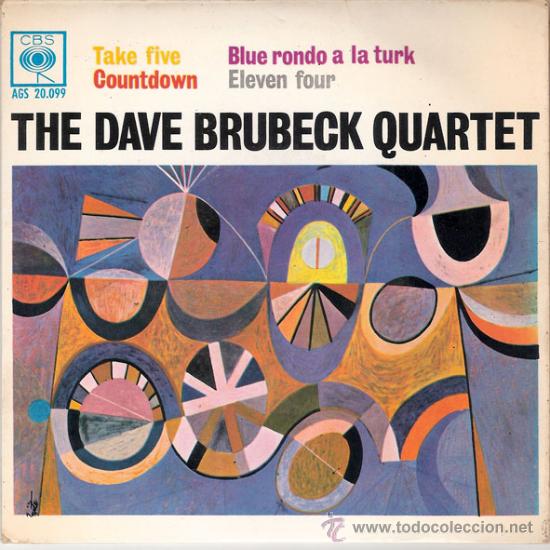

Wrote a one-of-a-kind musical, “The Real Ambassadors.” Featuring Armstrong and singer sent abroad were hailed wherever they went (in the Congo, Louis Armstrong was carried on a throne), but they returned home to the same old pernicious racism and exclusion from many hotels and restaurants. In 1958, they sent Brubeck to perform a two-month tour of Eastern Europe, the Middle East, and South Asia. State Department began sending American jazz musicians abroad to promote the ideal of freedom. When asked to undertake lucrative tours of the South and of South Africa with only white musicians, Brubeck refused.įighting a Cold War with the U.S.S.R. In 1958, his quartet jelled as the now-classic foursome-the tightest of his career-with the supremely lyrical alto saxophonist In the 1950s, he and his wife, Iola, hit upon the novel idea of booking his band at college campuses, where legions of students became lifelong fans and where albums such as “Jazz at Oberlin” were recorded. Brubeck called himself “a composer who plays piano.” One of the 20th century’s finest, who deeply influenced Brubeck’s purpose. He studied counterpoint and orchestration with the French émigré composer 6, 1920, and raised on a California ranch, Brubeck took piano lessons from his mother. He forged a singular trail in American culture as a musical magnet, popular pianist, and-his supreme calling-composer.īorn on Dec. In the 1950s, it seemed that Brubeck was everywhere-on college campuses and world stages, on records, radio and TV-becoming a household name. Who would wait two years to be recognized. Was fittingly the first-and Brubeck felt the distinction should go to his idol At age 33, he was only the second jazz artist to be so honored. It developed from roots in Blues and Ragtime. Jazz is characterized by swing and blue notes, call and response vocals, polyrhythms and improvisation.When pianist Dave Brubeck appeared on the cover of Time magazine in 1954, he was both thrilled and embarrassed. Overview of Style: Jazz originated in New Orleans, United States in the late 19th and early 20th centuries. Part B is played again(4.37-4.51) before part A is played once more for sixteen bars to end the track. The drum solo is played over the part A chord progression(2.00-4.22). Part B begins after twenty bars and lasts for eight bars(0.36-.0.50). Starts with a five bar drum intro, part A begins with piano chords and bass being introduced during the fifth bar of piano. Structure: Instrumental record with A and B parts and drum solo. The drums are panned left and the piano to the right, bass and drums are center. Instrumentation/use of Technology: Piano, alto saxophone, double bass and drums. The piano and bass swell from pianissimo to mezzo forte during this solo(3.00-3.25). The drums are played mezzo forte during the solo(2.14). The saxophone varies from mezzo piano to forte. Saxophone melody accompanied by piano chords and bass.ĭynamics/Articulation: The drum intro with piano, both are played mezzo piano. Formed in 1951 by Brubeck and Desmond, Joe Morello joined the band in ’56 to play drums and Eugene Wright was recruited in ’59 to complete the quartet.


 0 kommentar(er)
0 kommentar(er)
